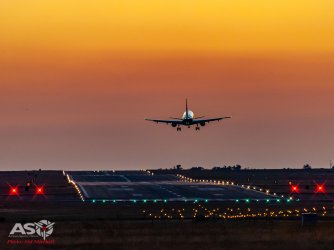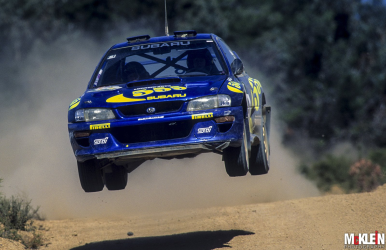Why do some aircraft take an intersection departure, and others do not, especially for short flights specifically? Recently departing Newcastle, we (A320) departed from Hotel/Intersection, while I noted 2 E190s and a F100 before us, take the long taxi Hotel, down to A2, then full length departure. Another A320 after us also took the intersection, which is 2000m. Note all flights I mention above are only 1 hour in length.
There will be many factors, ranging from performance issues, and means of calculation, through ATC. Timing matters, not just for any delays, but also for being fitted into the sequence. An E190 (and F100) may well have completely different methods of calculating data, compared to the A320. I assume the 320 would have a variation of the performance software that we used on the 380. That was very flexible with regard to your runway length options. An older aircraft may not have such software, and could even still be doing it via paper, which makes changes much slower to accommodate.
Any reason why some opt for full length?
One of the most useless things in aviation is runway behind you. The fact that the aircraft are on flights of similar duration doesn’t tell us anything about their relative performance. A 320 flying for 3 hours is on a long trip, and might be reasonably heavy. A 380 on the same sector is on a flight that’s so short that it’s hardly worth pulling up the wheels, and would have a massive performance excess.
Do some Captain’s refuse Intersections and prefer full length?
It depends upon the reasons. I’m not generally going to accept a shorter runway for someone else’s convenience, especially if it involves the use of more power. But, if the performance is equal, then sure, why not?
So, now we’ll get to something that isn’t all that intuitive. A longer available length isn’t always better. When the Airbus application software works out the take off performance, it will consider various flap settings, in an effort to achieve the maximum engine derate. But, there is a maximum allowed level of derate (which I forget, but it’s something in the order of 70%). If you run the calculation for various taxiways there is no benefit in more runway beyond that which gives the max derate. Longer runway won’t necessarily increase the V1 speed (the speed we use for abort decisions). That’s basically because V1 is not actually the last speed at which we could stop (we neither calculate, nor consider that), but actually the first speed at which we could continue the takeoff after loss of an engine. It is almost always safer to continue into flight than it is to execute a high speed abort. V1 is calculated so that the distance required to achieve 35’ engine out, is the same as the distance required to stop. Runway beyond that point isn’t considered. Worth noting that in these calculations, it is not necessary to increase the power on the other engine(s) after the engine failure. The required performance will be achieved by leaving the remaining engines at the derated power setting. Of course you can push the power up (in most cases, but there is an exception) but that will increase any control issues without much benefit.
Whilst we’re on V1, there’s also a minimum V1. It varies with the aircraft type and will change with the derate. A greater derate (i.e. less power) should give a lower minimum (though it’s often arbitrarily fixed). That’s because at speeds below this figure you will not have enough rudder authority to overcome the asymmetric power. This is also the reason why some forms of derate mandate leaving the power as set, and not increasing it, after a failure.

























